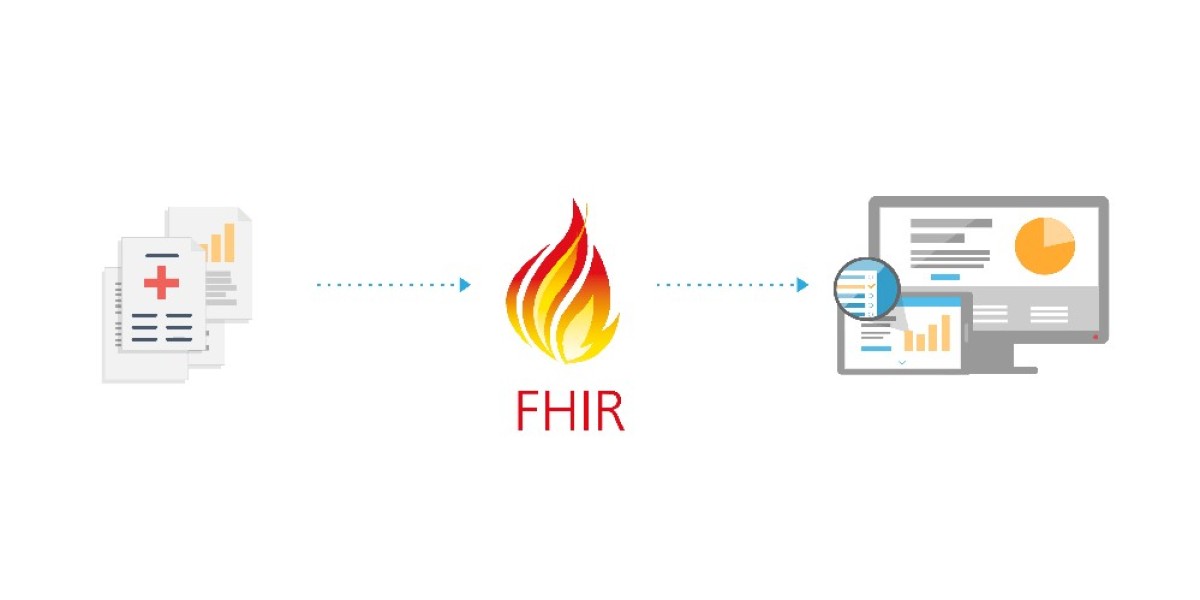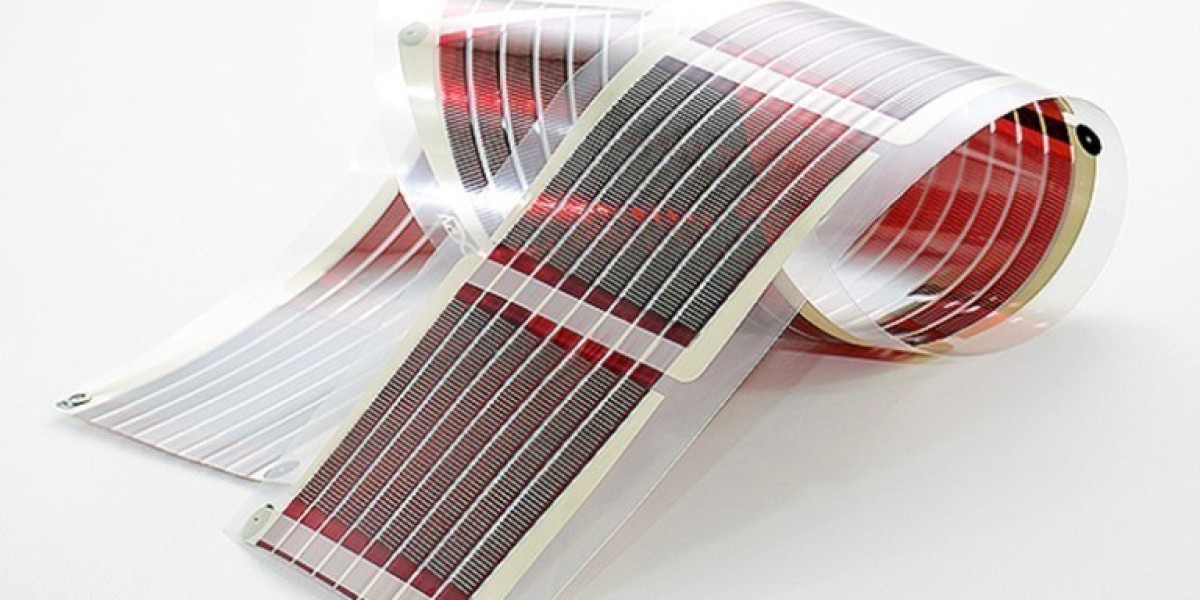In the ever-evolving healthcare landscape, data interoperability has become a cornerstone for delivering seamless, efficient, and patient-centered care. Fast Healthcare Interoperability Resources (FHIR) has emerged as a revolutionary standard for health data exchange, enabling healthcare systems to communicate effectively. By adopting FHIR, organizations can break data silos, improve patient outcomes, and foster innovation in healthcare delivery.
What is FHIR?
FHIR, developed by HL7 (Health Level Seven International), is a set of standards designed to facilitate the exchange of healthcare information electronically. Unlike older interoperability frameworks, FHIR leverages modern web technologies like RESTful APIs, JSON, and XML, making it highly adaptable and easy to implement across systems.
Why is FHIR Important for Interoperability?
- Streamlined Data Exchange:
FHIR simplifies the sharing of healthcare data between different platforms, enabling providers to access comprehensive patient records without manual intervention. - Improved Patient Outcomes:
By ensuring that clinicians have real-time access to critical health information, FHIR reduces errors, enhances diagnosis accuracy, and optimizes treatment plans. - Cost-Effective Integration:
Traditional data integration methods can be complex and costly. FHIR’s modular design reduces implementation time and costs, making it ideal for modern healthcare applications. - Patient Empowerment:
FHIR enables patients to access and share their health records securely, promoting transparency and patient engagement.
Key Use Cases of FHIR Interoperability
- Electronic Health Records (EHR) Integration:
FHIR bridges gaps between disparate EHR systems, allowing seamless sharing of clinical data across providers. - Telemedicine Platforms:
By integrating with telemedicine solutions, FHIR ensures that remote consultations are informed by up-to-date patient data. - Population Health Management:
FHIR facilitates the aggregation of data for analytics, supporting preventive care initiatives and resource allocation. - Mobile Health Apps:
FHIR enables developers to create innovative mobile apps that connect patients with their healthcare providers and personal health data.
Challenges in FHIR Implementation
While FHIR offers immense potential, its adoption comes with challenges such as data security concerns, standardization gaps, and the need for robust infrastructure. However, with the right strategies and partnerships, healthcare organizations can overcome these barriers and unlock the true potential of FHIR.
How smartData Inc. Supports FHIR Interoperability
As highlighted in smartData Inc.'s blog on FHIR interoperability, their expertise lies in implementing tailored FHIR solutions for diverse healthcare needs. From EHR integrations to custom healthcare app development, smartData ensures that organizations leverage FHIR’s capabilities to the fullest.
The Future of FHIR in Healthcare
With growing regulatory support and industry adoption, FHIR is poised to become the backbone of healthcare interoperability. As organizations invest in FHIR-driven solutions, the healthcare ecosystem will witness a transformation marked by efficiency, collaboration, and improved patient care.
Conclusion
FHIR interoperability is not just a technical upgrade; it’s a paradigm shift in how healthcare data is accessed, shared, and utilized. By embracing FHIR, healthcare providers and innovators can create a more connected and patient-centric future.
#FHIRInteroperability #HealthcareData #DigitalHealth #EHRIntegration #HealthTech #PatientCentricCare



